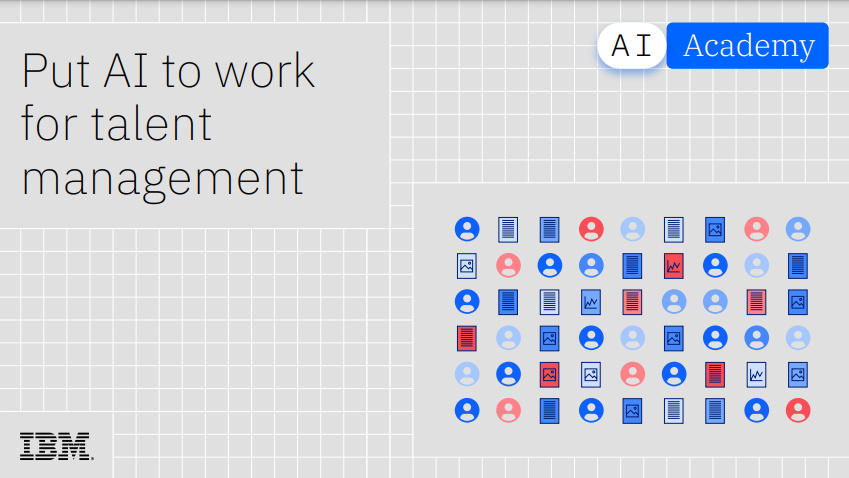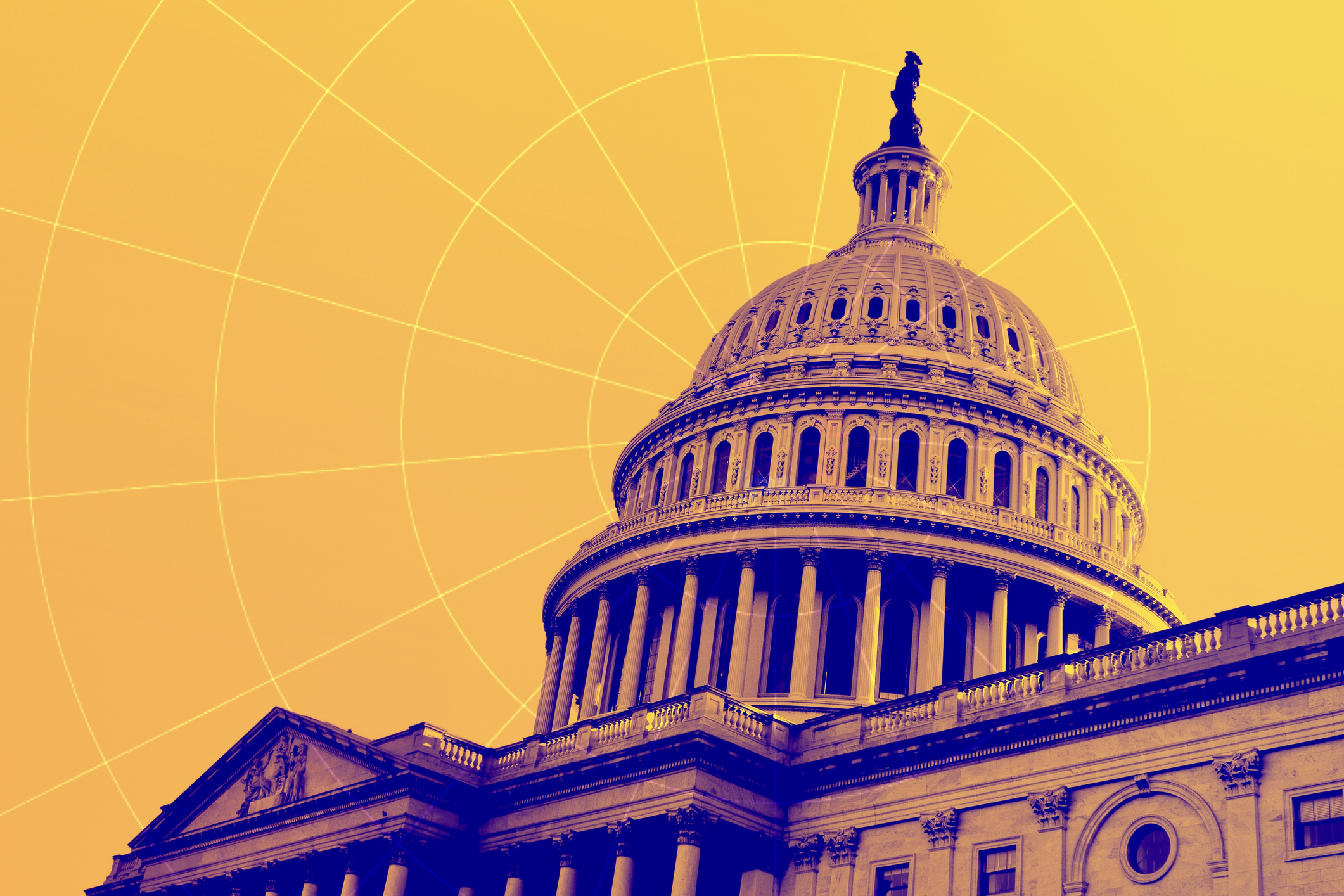Worldwide IT spending to grow 4.3% in 2023, with no significant AI impact
Spending patterns have changed as companies take an inward focus


IT spending around the world will total $4.7 trillion in 2023, driven by a surge in software spending, according to a new forecast by Gartner.
The new spending represents 4.3% increase year-on-year and has been driven largely by software and IT services.
The report projects that worldwide IT spending could grow as much as 8.8% in 2024, to a total of $5.1 trillion.
Gartner found that at present, AI has not had a large impact on IT spending and that in the future organizations are likely to implement it using existing budgets.
For example, Google Duet AI and Microsoft Copilot are being added to product suites that are free or already factored into budgets, while other businesses will gain AI capabilities as part of contracts with their enterprise software providers.
“A great deal of software out there will get AI without a price increase, so at no cost to the end-user,” John-David Lovelock, distinguished VP analyst at Gartner told ITPro.
Lovelock argued that AI is impossible to track due to the fact that it is both a technology and an approach, with the example of chatbots and image generators as two AI tools operating in completely different markets.
Get the ITPro daily newsletter
Sign up today and you will receive a free copy of our Future Focus 2025 report - the leading guidance on AI, cybersecurity and other IT challenges as per 700+ senior executives
RELATED RESOURCE

Thwart cyberthreats fast with security operations + AI Ops
See why your peers are looking to AI and machine learning to transform their cyber security processes
“AI and generative AI is unique, in that it can use every form of technology as a channel to market,” he said.
“It'll be part of printers, it'll be part of mobile phones, it’ll be part of your software, it’ll will be part of your telecom services, your security services. Even your consulting services and outsourcing services will either use AI to deliver a better product to their end users, or they will add AI to the product feature mix for their end users.”
Lovelock also predicted that companies such as Accenture, Deloitte, PwC, and Ernst and Young will start using artificial intelligence for better product delivery, scale, and reduce costs without adding more staff.
‘Higher-level’ strategy shift
Lovelock has previously stated that IT spending is “recession-proof” and that companies that failed to increase IT spending could lose out.
He told ITPro that this trend had continued, with some laggard companies focused on margin and cost control while others had shifted their exterior revenue-growth focus to making improvements to internal processes.
“In a sense, there is a higher-level change, where corporations coming out of 2022 into 2023 were primarily focused on revenue growth,” he told ITPro.
“Starting in maybe the end of 2022, beginning of 2023, they started to put into those digital transformation projects more work into efficiencies on the interior, on how they can make their departments more effective so that they can get to the new revenue stream?”
This drive for internal efficiencies has coincided with increased interest in infrastructure software, and Lovelock said that Gartner has seen “really strong growth” in robotic process automation (RPA).
Addressing job losses to AI, Lovelock acknowledged that it is a “tricky” issue, but maintained that it would ultimately come down to the business decisions of employers and whether they wanted to merely maintain productivity or improve it.
“For every job, there is a percentage of the time that is toil and a percentage of time that is value added. If you use AI to completely take away the toil, you wouldn’t get rid of the person because they’re adding value.
“In fact, you may start adding more people because the value that you used to get from one employee has gone up because they're no longer doing toil. So if you reduce their toil by four hours a day, now you're getting eight hours per day of value rather than four and that changes the cost equation for that role.”
The devices segment continues to decline, in line with another recent piece of research by IDC, down 8.6% in 2023 to $700 billion.
Lovelock cited mobile phones as an example, the sales of which are not expected to return to pre-pandemic levels until 2025. Gartner findings indicate that following this brief recovery, the devices will return to “close to zero percent growth” by 2027.

Rory Bathgate is Features and Multimedia Editor at ITPro, overseeing all in-depth content and case studies. He can also be found co-hosting the ITPro Podcast with Jane McCallion, swapping a keyboard for a microphone to discuss the latest learnings with thought leaders from across the tech sector.
In his free time, Rory enjoys photography, video editing, and good science fiction. After graduating from the University of Kent with a BA in English and American Literature, Rory undertook an MA in Eighteenth-Century Studies at King’s College London. He joined ITPro in 2022 as a graduate, following four years in student journalism. You can contact Rory at rory.bathgate@futurenet.com or on LinkedIn.
-
 Bigger salaries, more burnout: Is the CISO role in crisis?
Bigger salaries, more burnout: Is the CISO role in crisis?In-depth CISOs are more stressed than ever before – but why is this and what can be done?
By Kate O'Flaherty Published
-
 Cheap cyber crime kits can be bought on the dark web for less than $25
Cheap cyber crime kits can be bought on the dark web for less than $25News Research from NordVPN shows phishing kits are now widely available on the dark web and via messaging apps like Telegram, and are often selling for less than $25.
By Emma Woollacott Published
-
 Nearly half of all digital initiatives still fail – here’s how you can learn from the ‘digital vanguard’ and deliver success
Nearly half of all digital initiatives still fail – here’s how you can learn from the ‘digital vanguard’ and deliver successNews With most digital initiatives are failing to deliver, CIOs are urged to work more closely with other executives
By Emma Woollacott Published
-
 Execs are happy to let AI make decisions for them, and it’s got IT workers worried
Execs are happy to let AI make decisions for them, and it’s got IT workers worriedNews IT decision makers are more cautious than the C-suite with AI adoption
By Emma Woollacott Published
-
 IT services spending set to surge in 2025 as CIOs shift to AI partner solutions
IT services spending set to surge in 2025 as CIOs shift to AI partner solutionsNews Organizations are set to shift from buying generative AI solutions to implementing partner solutions, according to Gartner
By Ross Kelly Published
-
 Put AI to work for talent management
Put AI to work for talent managementWhitepaper Change the way we define jobs and the skills required to support business and employee needs
By ITPro Published
-
 Businesses still don’t know who’s accountable for AI at executive level
Businesses still don’t know who’s accountable for AI at executive levelNews Executives are unclear on where the buck stops in terms of AI management
By George Fitzmaurice Published
-
 Gartner reveals the top trends for government technology use in 2024
Gartner reveals the top trends for government technology use in 2024News Five key areas that public sector CIOs will need to address to improve citizen services
By Emma Woollacott Published
-
 Return to office mandates can be divisive - here are three things business leaders can do to help smooth the transition
Return to office mandates can be divisive - here are three things business leaders can do to help smooth the transitionAnalysis With return to office mandates having sparked major spats between workers and employers, leaders need to consider how they can make changes attractive and effective
By George Fitzmaurice Published
-
 Global IT spending set to reach $5 trillion in 2024 amid optimistic industry outlook
Global IT spending set to reach $5 trillion in 2024 amid optimistic industry outlookNews IT spending growth in 2024 is expected to be more than double that of 2023
By George Fitzmaurice Published